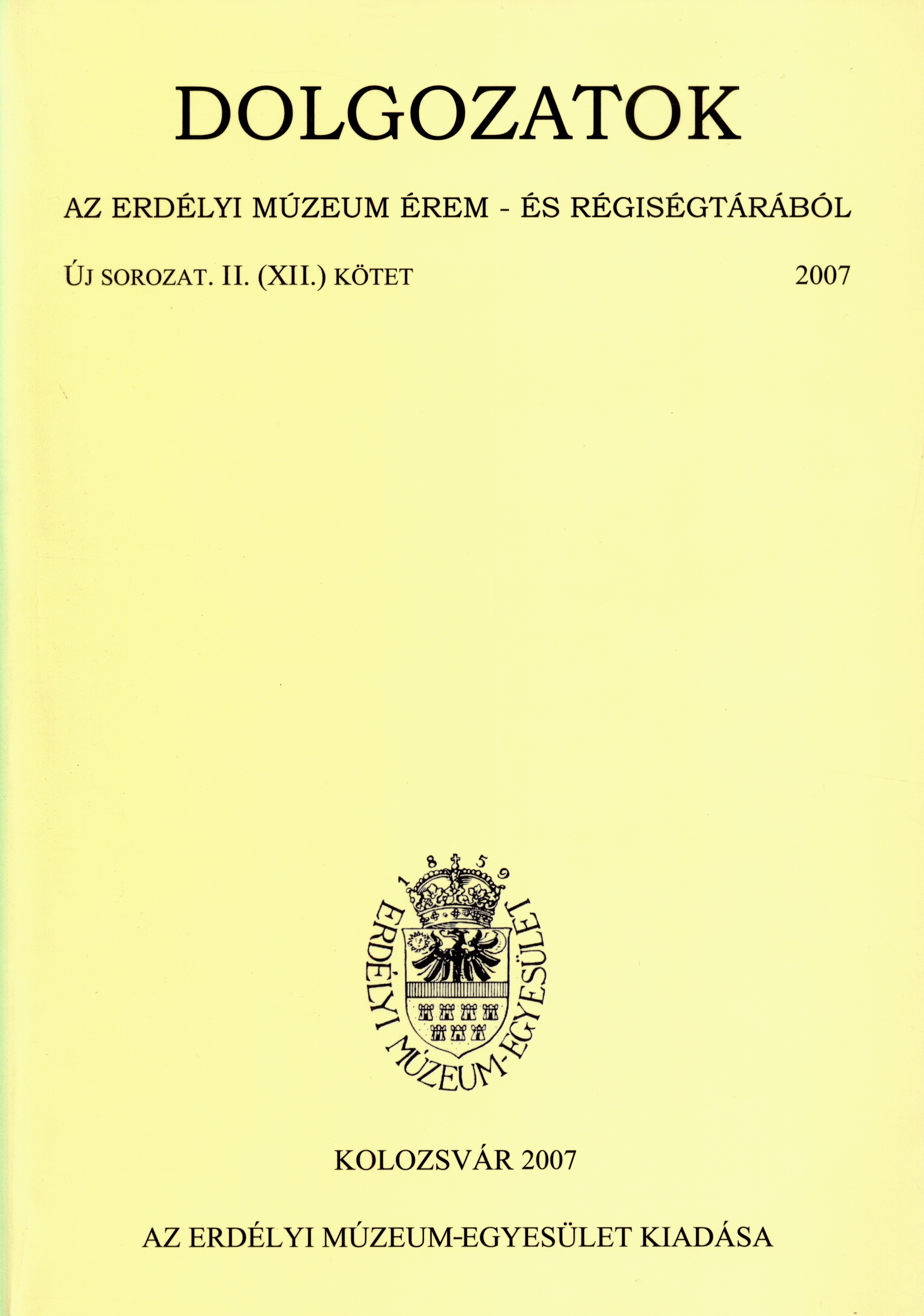Leletmentésekből származó 15-17. századi kályhacsempék Váradról és környékéről
15-17th Century Stove Tiles from Rescue Excavations from Oradea and the Neighbouring Region
Author(s): Tamás EmődiSubject(s): Archaeology, Cultural history, Social history, 15th Century, 16th Century, 17th Century
Published by: Erdélyi Múzeum-Egyesület
Keywords: rescue excvations; stove tiles; Oradea
Summary/Abstract: In the Middle ages Oradea was considered one of the most important episcopal cities characterised by a high level of urbanization, located in the Carpathian Basin. In spite of its significance, we possess very few data regarding the settlement archaeology of the city, not only due to the lack of systematic archaeological explorations but also to those of probe or rescue excavations. Due to the lagging behind of research, we have no information - based on up-to-date field observations - either of the essentially changed topography of the medieval city after the Ottoman period, or of its houses and its inhabitants' material culture. The subject of this short publication is constituted by those stove tiles that came to light - some under sporadic, others under registered circumstances - during building foundations, works related to the supply of public utilities and ad-hoc ground excavations. In none of these cases was there any possibility of excavations to clarify the circumstances of how these finds got into the ground. The disadvantages of this are regrettable, particularly in the case of Oradea, since the material of finds outside the general contexts can hardly serve with efficiency settlement archaeological observations and interpretation tentative based on wider coherencies. Among the most important finds from Oradea, one can mention the local version of one of the stove tiles of the so-called "Knight in combat" stove (from the end of the 15th century) (table nr. 9), the pieces of a stove-type made in a pottery in Oradea (from the beginning of the 16th century) (table nr. 2-5), the parts of a green-glazed, reconstructible Haban stove (from the first part of the 17th century) (table nr. 6-7), or the fractions of mixed glazed stove tiles, probably made in Levoca. Among the finds from the country, one of the most significant pieces is a stove tile from Tileagd with a coat-of-arm, considered the copy of a type from Buda (table nr. 19), as well as two stove tiles from Sălard (table nr. 17), all from the end of the 15th century.
Journal: Dolgozatok az Erdélyi Múzeum Érem- és Régiségtárából. Új sorozat
- Issue Year: 2007
- Issue No: II
- Page Range: 117-132
- Page Count: 16
- Language: Hungarian

